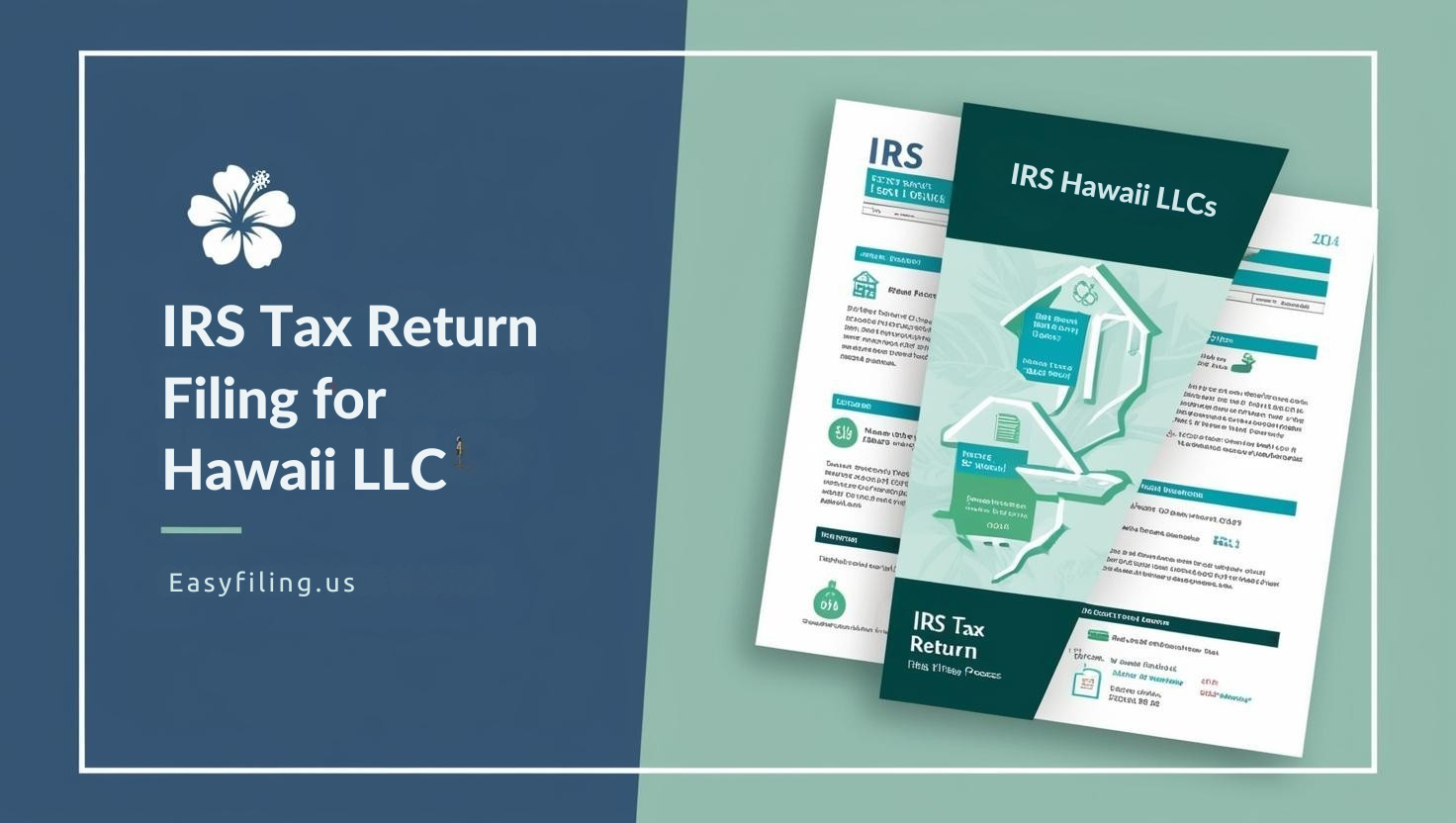Understanding whether you’re a W-2 employee or a 1099 independent contractor is key because it changes how you file taxes and what you owe.
As a W-2 worker, your employer withholds taxes for you, so tax season is usually simpler; you just file and see if you get a refund or owe a little more.
But as a 1099 worker, you’re responsible for paying your taxes throughout the year, which means tracking expenses, making estimated payments, and often owing more when you file.
We’ll help you better understand how the right tax knowledge makes a real difference, when it comes to W-2 vs 1099 income.
What Are the Types of Income: W-2 vs 1099
Let’s simplify things, because we all know that taxes can be complicated, sometimes even more with heartless acronyms.
| Key Aspect | W-2 Employee | 1099 Independent Contractor |
|---|---|---|
| Definition | Traditional employee with taxes withheld by the employer | Self-employed contractor or freelancer responsible for their own taxes |
| Tax Forms Received | Form W-2 | Form 1099-NEC, 1099-K, or 1099-MISC |
| Tax Withholding | Employer withholds federal, state, Social Security, and Medicare taxes | No tax withholding; contractor pays estimated taxes quarterly |
| Social Security & Medicare Taxes | Employer pays half; employee pays half (7.65%) | Contractor pays full self-employment tax (15.3%) |
| Payment Frequency | Regular paycheck (hourly, salary) | Often irregular or project-based payments |
How Your Tax Filing Process Differs: W-2 vs 1099
Filing taxes is challenging as it is. If you’re working a regular job as a W-2 employee, freelancing as a 1099 contractor, or juggling both, things can get even more complicated. Let’s break down step by step and see how W-2 vs 1099 makes a difference in the tax filing process.
1. Filing Taxes For W-2 Income
If you’re a conventional employee, everything tax-related is handled for you. But you need to know what’s happening in the background.
Funds You’ll Be Receiving:
Your W-2 provided by your employer contains your total earnings along with expenses like taxes and retirement account contributions.
How Taxes Function:
- Your employer takes out federal and state taxes, plus Social Security and Medicare, directly from your paycheck.
- When it’s time for taxes, most people receive a refund if overwithheld, or owe a small amount if not enough was taken.
In W-2 situations, tax filing is often seamless. No extra work, no hidden surprises.
2. 1099 Income Tax Filing:
This is the fun part for freelancers, gig workers, and contractors because no taxes are withheld; now you have to manage everything.
Forms You Will Receive or Need to Collect:
- 1099-NEC (for freelance/contract work) You will receive this if you earned $600 or more from one client.
- 1099-K (for Payment Apps) You will receive this if you earn more than 20,000 or over 200 transactions (New IRS rules may be lower now.)
- 1099-MISC (for other income as earned royalties).So keep in mind, not receiving a 1099 does not exempt you from having to report income.
Major Obligations Self-employment tax:
- Gather all 1099s (and any income not reported on one).
- Fill out Schedule C (for business profit/loss) and Schedule SE (for self-employment tax).
- Pay what you owe (or set up a payment plan if it’s a lot).
3. Filing With Both W-2 And 1099 Income: The Hybrid Hustler’s Guide
An increasing number of individuals receive W-2 salary and side gig income at the same time. This is how to manage the combination.
Key Forms You’ll Need:
- W-2 (from your primary employment)
- Any 1099s (from side work)
- Schedule C (to report freelance income/expenses)
- Schedule SE (to calculate self-employment tax)
How It Works:
- Your W-2 income is taxed in the normal fashion (with withholdings).
- Your 1099 income gets added on top of it, and you will owe self-employment tax on it.
Good news: Paying business expenses to offset 1099 income is possible.
Special Considerations:
- Change W-4 withholdings: If you’re a full-time employee, tell HR to withhold more to pay your 1099 taxes so you don’t end up owing a large sum.
- Estimated taxes: Perhaps, you could still be subject to quarterly payments if you earn a considerable amount from your side hustle.
Diverse income types mean more paperwork, which makes it easier to support your case with receipts for deductions.
Make the Most of Your Tax Refund: W-2 vs 1099
Taxes are indeed a necessity, but paying more than you legally have to is avoidable. Whether you get a W-2 or you’re a 1099 independent contractor, there are lawful means to retain more of your hard-earned money. Let’s simplify tax refunds of W-2 vs 1099 workers.
1. For W-2 Employees: Uncovering Hidden Savings
You might think deductions are only for business owners, but nope! Here’s where traditional employees can save:
- Retirement Contributions: Making contributions to a traditional IRA or 401(k) might reduce your tax obligation.
- HSA (Health Savings Account) Contributions: Tax-exempt funds are available to pay for medical expenses.
- Standard vs. Itemized: Most individuals choose the standard deduction. However, if you have substantial mortgage interest, medical expenses, or charitable contributions, itemizing could yield greater savings.
2. For 1099 Filers: Write Off Almost Everything
Sole proprietors, independent contractors, and freelancers, this is your call! The IRS allows people in these categories to reduce legitimate business expenses, therefore lowering taxable income
- Home Office: If you work from home, you can write off a portion of rent/mortgage, utilities, and internet.
- Supplies & Equipment: If you buy a computer, specialized software, or even stationery, and you use them for work, they can be deducted.
- Company Driver: If you are an Employee driving for the company, your Mileage can be recorded
- Health Insurance: As a self-employed individual, health insurance can offer potential deductibility.
- Meals & Travel: Meals with clients (50% deductible), air tickets, and accommodation for business journeys.
3. Hybrid Income Earners (W-2 + 1099)? Here Is Your Strategy
Having dual forms of income means you’re getting the best and worst of the two worlds simultaneously.
Pro tips:
- Do Not Estimate—Document Everything
- Maintain Distinct Personal and Business Accounts (This simplifies processes tremendously)
IRS’s 3-Part Test Classification Rules: W-2 vs 1099?
The truth is, many businesses are inclined to label employees as ‘independent contractors’ so that they do not have to provide healthcare benefits or incur tax-related expenses. However, the IRS has specific rules regarding who can legally fit as a 1099 worker. If you are misclassified, you may be forfeiting legal protections, benefits, and even a tax refund..
The IRS does not take an employer’s word, and neither should you. The government has three notable criteria to determine whether you are an independent contractor or should be an employee earning a W-2.
1. Behavioral Control
As an Employee (W-2), your employer sets the work hours, decides on the workflows, and conducts regular training.
As a Contractor (1099), you have the freedom to set your own hours and location of work. No micromanagement allowed!
If your client requires you to work 9-5 in their office and attend mandatory meetings, you are probably an employee and not a contractor.
2. Financial Control
Employee (W-2), Your employer provides instruments, equipment, and reimbursement.
A contractor working on a 1099 basis is self-employed, purchasing their own laptop, software, and paying for gas, while having the ability to work for multiple clients.
3. Relationship
An employee under a W-2 classification has job benefits such as health insurance and PTO, while the position is open-ended in nature.
A contractor on a 1099 basis has benefits tied to a specific project with a clear endpoint.
If you’ve performed the same role for one employer over a long period with no benefits, you might be misclassified under the wrong type of employment in terms of taxation.
What Happens If You’re Misclassified as a W-2 vs 1099 worker
If the IRS test makes you misclassified as W-2 or 1099, you can change your classification by filing Form SS-8.
If the IRS catches a company misclassifying workers, they can hit them with Legal trouble, Fines, back taxes, and more. Misclassifying gives the IRS a claim to enforce severe penalties.
Remember, this isn’t just about taxes—it’s about your rights to minimum wage, overtime, unemployment, and benefits
Final Words
Understanding the difference between W-2 and 1099 is key to filing your taxes correctly and avoiding surprises. W-2 employees have taxes withheld by their employer, making tax filing simpler, while 1099 contractors must track their income, pay estimated taxes quarterly, and handle self-employment taxes themselves.
No matter your income type, keeping accurate records and knowing your tax responsibilities will help you stay compliant and maximize your benefits.
If you’re ever unsure about your classification or deductions, seeking professional advice can save you time and money. Staying informed and organized ensures a smoother tax filing process and better financial outcomes.
Here, at Easyfiling, we have a team of Tax experts to help to understand and be clearer about your W-2 or 1099 income, tax process, and more.
W-2 vs 1099 Frequently Asked Questions (FAQs)
Is it possible to hold both W-2 and 1099 employment in the same calendar year?
Certainly! It is not uncommon for someone to be employed full-time (W-2) and do freelance or gig work (1099). Just make sure to report both income sources when filing taxes. For your 1099 income, you will need to fill out a Schedule C and pay self-employment tax.
What happens if I don’t receive a tax document I am expecting?
An employer or client should be contacted if a W-2 or 1099 is not received by the start of February. If they do not respond, you can:
-Request to file using pay stubs/bank records (report income anyway)
-Call the IRS at 1-800-829-1040 for assistance
-file for Form 4852 (W-2 substitute) if needed
How does one go about correcting their tax return?
If an error is noted after filing a tax return, the first step is to remain level-headed.
- Mistakenly, only a math problem? The IRS usually fixes those.
- Problematic errors? File an Amended return (Form 1040-X) as soon as possible.
- For missing income/deductions, amendments can be done within 3 years.
What happens if a worker is misclassified as a 1099 contractor instead of a W-2 employee?
Misclassification can lead to penalties for employers and unexpected tax liabilities for workers. Workers can file Form SS-8 with the IRS to request a classification determination
File Your LLC Today
25$ off with a coupon
Lock in EasyFiling's transparent rates and get lifetime compliance support at no extra cost.
Get Started Now








